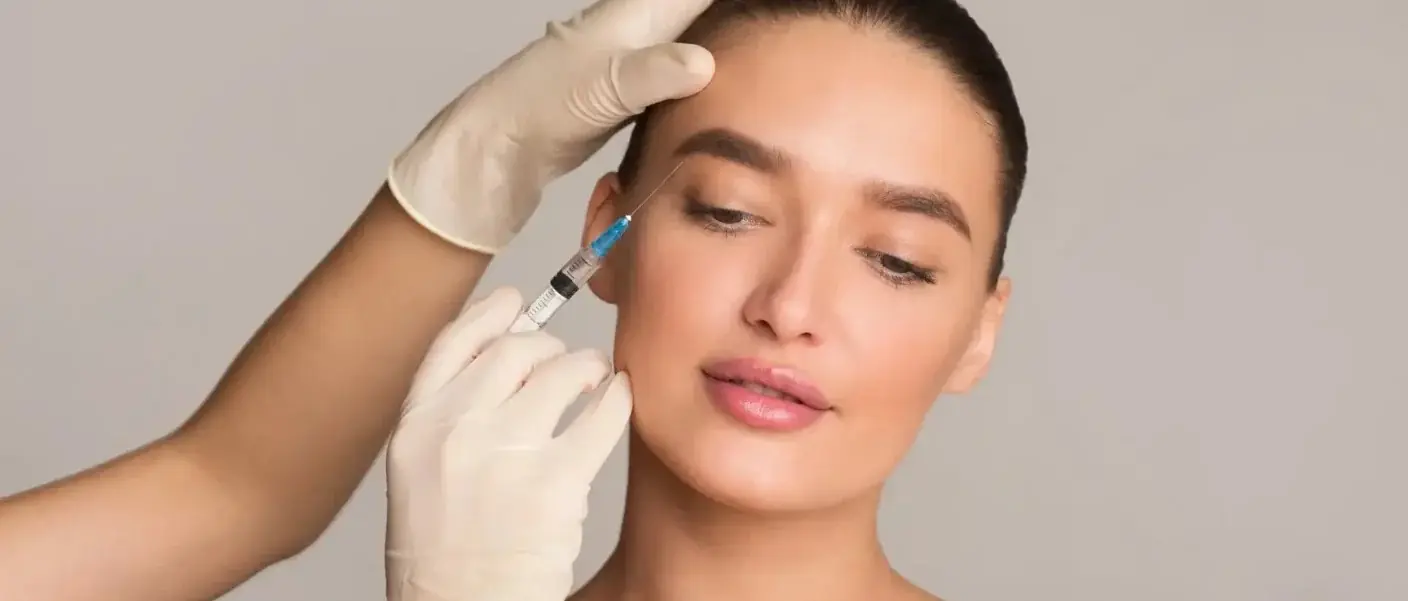What is Microbotox?
Microbotox is a refined cosmetic treatment designed to soften fine lines, minimize pores, reduce excess oil, and give your skin a smoother, more youthful appearance. Similar to traditional Botox, it uses botulinum toxin — but in a more diluted form and delivered through ultra-fine microneedles. Unlike regular Botox that targets deeper facial muscles, Microbotox is placed into the superficial layer of the skin (dermis), giving gentle, natural-looking results without affecting facial expressions.
This technique offers immediate skin smoothness, reduced facial sweating, and visibly smaller pores. The effects typically last 3 to 6 months, and repeated sessions can help maintain consistently clear, refined, and glowing skin.
Who’s a Good Candidate for Microbotox?
Microbotox is suitable for individuals looking to reduce fine lines, refine pores, control excess oil, and achieve a smoother, naturally refreshed look. Before the procedure, your dermatologist will review your medical history to ensure the treatment is safe for you.
If you’ve previously received regular Botox without complications, you’re generally a good candidate for Microbotox. However, you should avoid this treatment if you’ve ever had an allergic reaction to Botox, are sensitive to lidocaine, or have neuromuscular conditions like spinal muscular atrophy or ALS. Microbotox is also not recommended for those who are pregnant or breastfeeding.
What can you expect during a Microbotox procedure?
A Microbotox session is quick and comfortable, usually taking about 30 minutes. Before starting, your doctor applies a topical numbing cream to minimize any discomfort. As the treatment begins, you may feel light pricks from the tiny microneedles used to deliver the diluted botulinum toxin just beneath the skin’s surface. The process is smooth, minimally invasive, and designed to give you natural-looking refinement with minimal downtime.
What can you expect during a microbotox procedure?
A microbotox session is quite quick, usually taking around 30 minutes. The treatment feels like tiny pinpricks on the skin as micro-amounts of diluted botulinum toxin are delivered into the superficial layers of the skin. Before starting, your doctor will apply a topical anesthetic or numbing cream to ensure maximum comfort. The procedure is generally well-tolerated and suitable for those seeking smoother skin with reduced pores and shine.
Pre-treatment guidelines for microbotox
Avoid blood thinners for 3 to 7 days before treatment to reduce the risk of bruising. These include ibuprofen, aspirin, fish oil supplements, and vitamin E.
Refrain from using anti-aging products such as retinol and glycolic acid in the days leading up to your treatment.
Avoid alcohol for at least 24 hours before the procedure, as it can also thin the blood.
Cleanse your face normally on the day of treatment, but do not apply any makeup.
Post-treatment Guidelines for Microbotox
One of the major advantages of Microbotox is that it requires no downtime, allowing you to return to most regular activities soon after the procedure. However, following these precautions will help ensure smooth healing and the best possible results:
Avoid blood-thinning medications and supplements like ibuprofen, aspirin, vitamin E, and fish oil for 24 hours, unless prescribed.
Do not apply makeup or skincare products for at least 24 hours, allowing the skin to settle and heal.
Avoid physical activities and exercise for at least 24 hours to reduce the risk of swelling or bruising.
Avoid blood-thinning medications and supplements like ibuprofen, aspirin, vitamin E, and fish oil for 24 hours, unless prescribed.
Are there side effects of Microbotox (Mesobotox)?
Microbotox is generally considered safe when performed by a trained professional, but there is always a small risk of reactions, especially if you’re allergic to any ingredient in the injection.
Signs of an allergic reaction may include:
Swelling
Hives
Itchiness
It’s common to experience mild redness immediately after the procedure. This is temporary and usually subsides within an hour. If you notice persistent redness, bruising, or swelling, or if symptoms worsen instead of improving, contact your doctor promptly.


